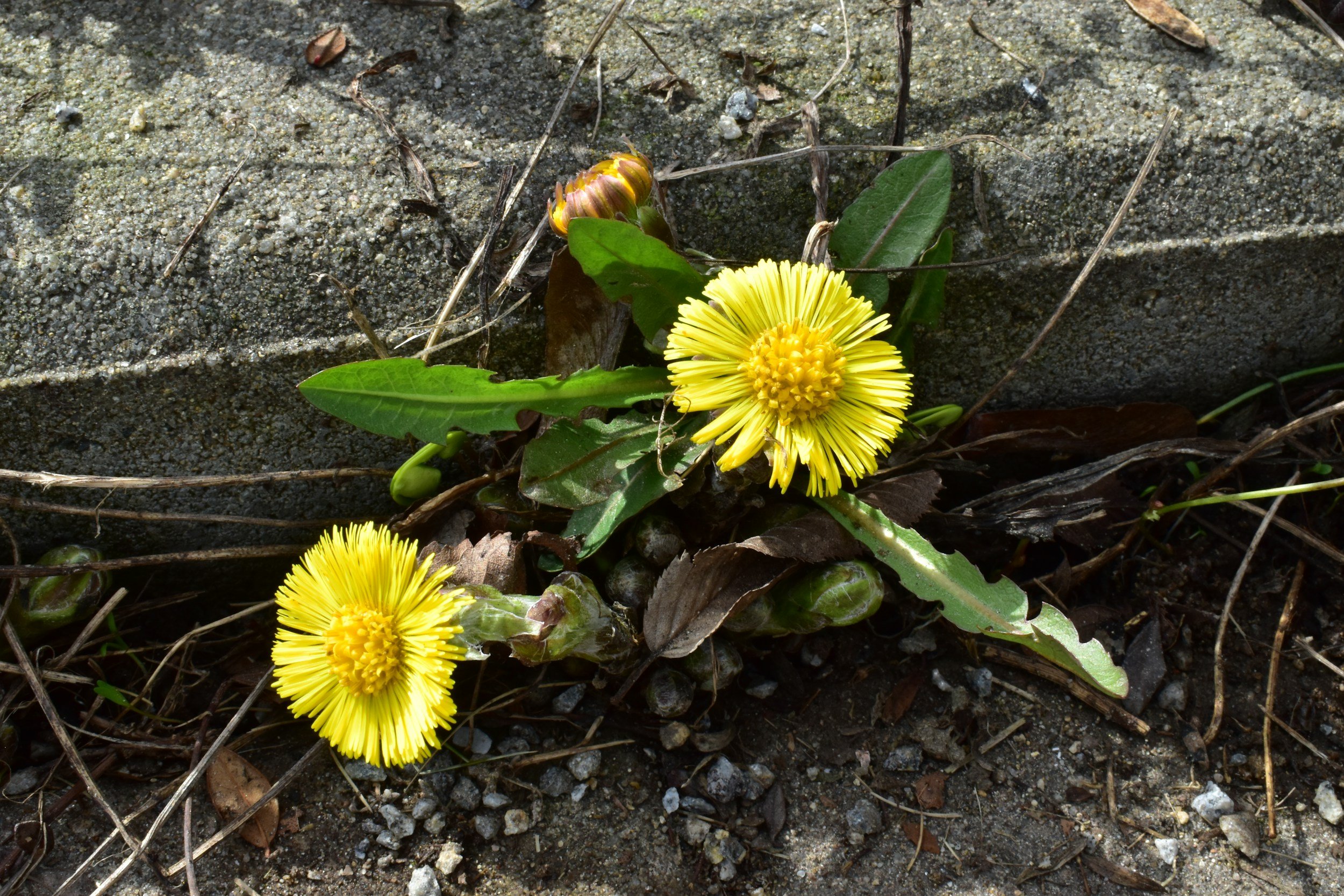
Coltsfoot
Coltsfoot (Tussilago farfara)
Coltsfoot (Tussilago farfara) is a classic soothing lung herb, traditionally used for dry, tickly, irritable coughs. Its soft leaves and early flowers are demulcent and gently expectorant, helping to calm and moisten aggravated airways. Note: Coltsfoot contains pyrrolizidine alkaloids (PAs), so modern use is cautious, prefer PA-reduced preparations or topical/short-term approaches under guidance.
Plant family
Asteraceae.
Other significant names
Coughwort
Sons-before-fathers
Parts used
Flos (Flowers)
Folia (Leaves)
Typical forms of prescription
Syrup.
Dosage
Usually taken as syrup, for a maximum of 6 weeks.
Tussilago farfara (Coltsfoot) - Clinical Snapshot
Primary Actions
Anti-tussive
Expectorant
Antispasmodic
Demulcent
Primary Indications
Coughs
Bronchitis
Whooping cough
Asthma
⚠️ Cautions / Safety ⚠️
Contains pyrrolizidine alkaloids, use is limited
Not recommended for:
Individuals with compromised liver function
Young children
Elderly
Pregnancy
Tussilago farfara
Phytochemistry and Pharmacology
-
Action: Demulcent, soothing, anti-inflammatory.
Use: Mucilage coats irritated mucous membranes in the throat and lungs, making Coltsfoot a traditional remedy for dry, tickly coughs and sore throats. It soothes inflammation and supports healing in respiratory tissues.
-
Action: Antioxidant, anti-inflammatory, tissue-protective.
Use: Flavonoids help calm inflammation in the respiratory tract, reduce oxidative stress, and support tissue healing, making them useful in addressing coughs, bronchitis, and general lung support.
-
Action: Astringent, antimicrobial, anti-inflammatory.
Use: Tannins help tone and tighten tissues, reducing excess mucus and soothing inflamed mucous membranes. They add to Coltsfoot’s value in managing both wet and dry coughs.
-
Action: Anti-inflammatory (but potentially hepatotoxic in large or prolonged doses).
Use: These are present in very small quantities in Coltsfoot. While they do contribute some anti-inflammatory effects, their potential to harm the liver (if taken long-term or in high doses) means Coltsfoot is typically used short-term or externally. Some preparations now use PA-free extracts.
Traditional use
Coltsfoot has long been used as a remedy for respiratory conditions, especially dry, irritating coughs. Historically, the dried leaves were smoked or burned as an inhalant for asthma, bronchitis, and fevers, a practice seen across Europe and parts of Asia. Its traditional use centred around soothing the lungs and cooling heat in the chest, especially in hot, dry coughs that were unproductive or painful.
Clinical Description
The name Tussilago comes from the Latin tussis (cough) and agere (to drive away), literally meaning "cough dispeller"—a direct reference to its primary action. Coltsfoot is traditionally dispensed in syrups or infusions for short-term use to relieve spasmodic, dry, or irritable coughs and to gently moisten the lungs.
It is especially useful in early-stage upper respiratory infections, laryngitis, and dry bronchitis. Coltsfoot is soothing, demulcent, and antitussive, helping reduce cough reflex sensitivity.
However, due to its content of unsaturated pyrrolizidine alkaloids (PAs) compounds that may pose a hepatotoxic risk in large or prolonged doses, modern herbalists tend to use it in low doses, short durations, or rely on PA-free cultivated extracts when available. Its use is generally avoided during pregnancy, breastfeeding, or in patients with liver conditions.
Cultivation/Harvesting
Coltsfoot is a hardy perennial that spreads via underground rhizomes and thrives in disturbed soils, roadsides, and damp ground. It produces its yellow dandelion-like flowers in early spring, well before the broad, hoof-shaped leaves appear, hence its name.
Harvest flower stalks in early spring when in bloom.
Harvest leaves in summer, once fully grown.
Always dry before use, as the fresh plant contains higher levels of moisture and may be more irritating.
Foragers note: Young coltsfoot leaves resemble those of burdock (Arctium lappa) but are smaller, softer, and have a whitish underside with fine hairs. Ensure correct ID before harvesting.
Key Botanical Features of Coltsfoot (Tussilago farfara)
Growth
Type: Herbaceous perennial.
Size: 10–30 cm (4–12 inches) tall.
Stem: Scaly, unbranched, reddish-brown, and covered with fine woolly hairs.
Leaves
Appearance: Develops after flowering (one of its unique traits).
Shape: Broadly heart-shaped or hoof-shaped, resembling a colt’s foot.
Size: 10–20 cm (4–8 inches) wide.
Texture:
Upper surface: Smooth, dark green.
Underside: Densely covered in white woolly hairs.
Flowers
Type: Daisy-like, solitary composite flower head.
Colour: Bright yellow.
Size: 2–3 cm (0.8–1.2 inches) in diameter.
Structure:
Ray florets: Thin, long, surrounding the centre.
Disk florets: Small, tubular, clustered in the centre.
Blooming Period: Early spring, often before other wildflowers.
Pollination: Insect-pollinated (bees, butterflies, flies).
Fruits & Seeds
Fruit Type: Small, dry achene with a fluffy pappus.
Seed Dispersal: Wind-dispersed, similar to dandelions.
Roots
Type: Extensive rhizomatous root system.
Function: Spreads aggressively, making it difficult to control.
Habitat & Growth Conditions
Climate: Thrives in temperate and cold climates.
Soil: Prefers moist, well-drained, clay-rich or disturbed soils.
Sunlight: Full sun to partial shade.
Distribution: Native to Europe and Asia, naturalised in North America; often found on roadsides, riverbanks, and in disturbed areas.
Sustainability/Conservation
Widespread, least concern.

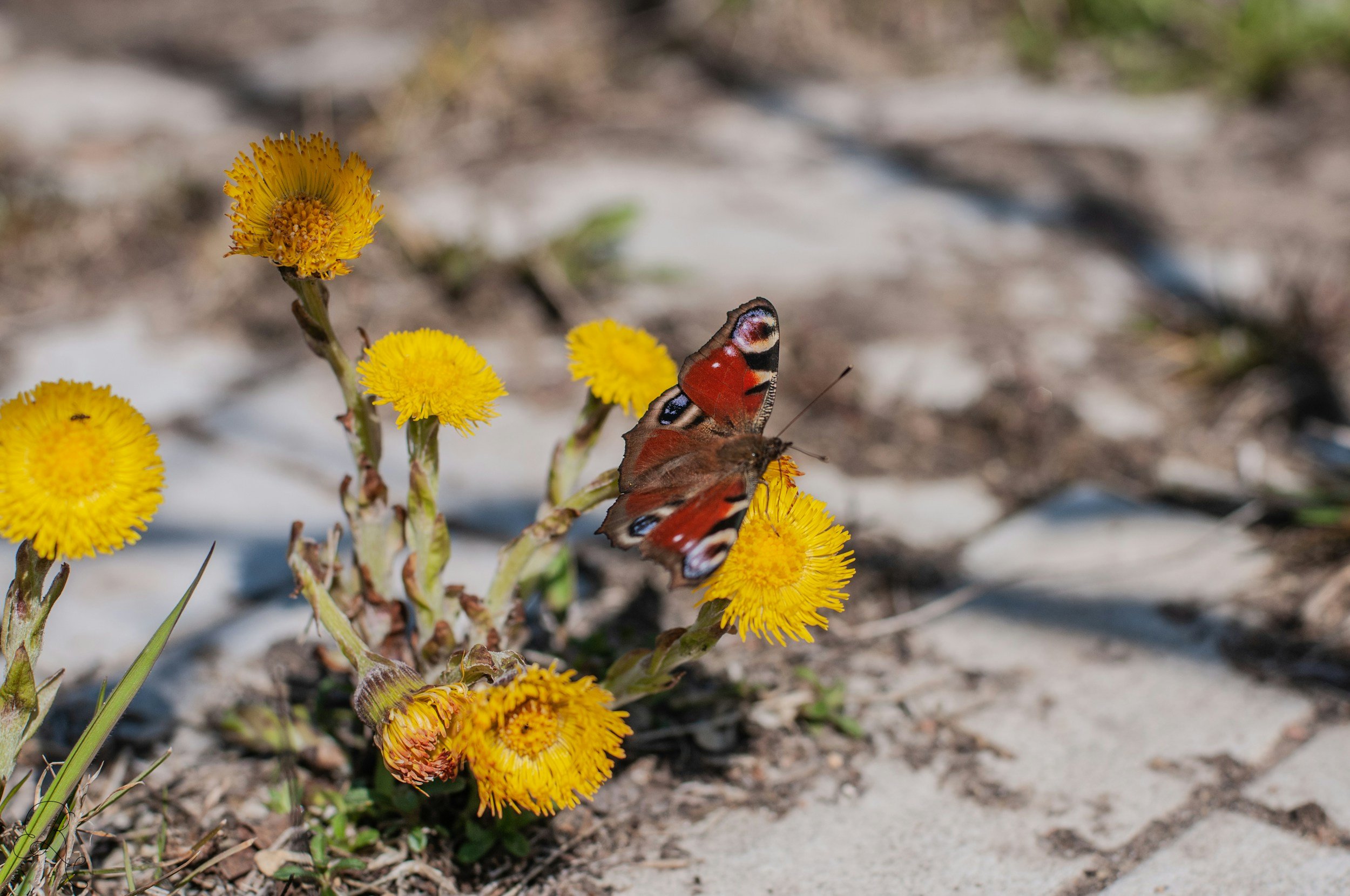

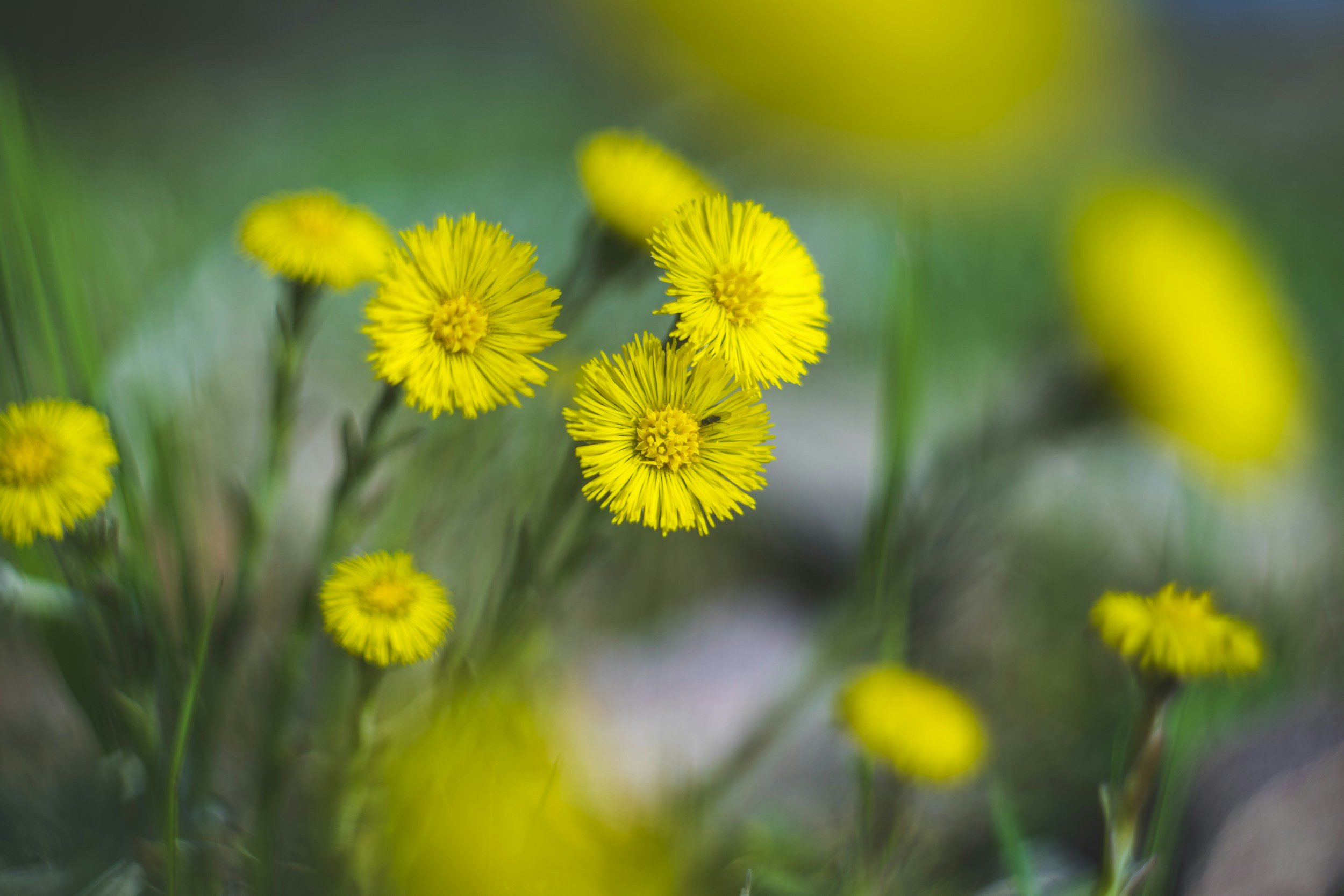
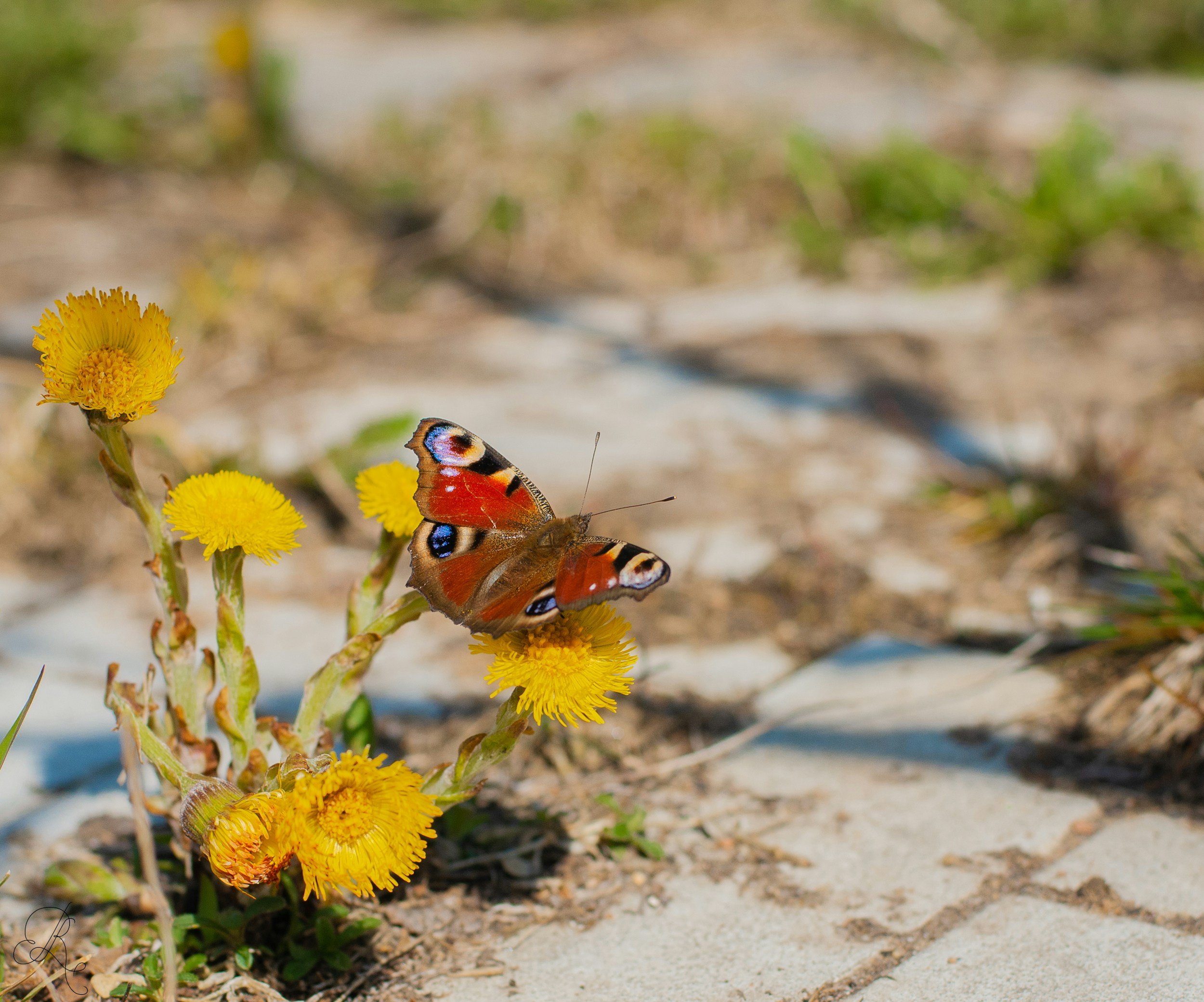
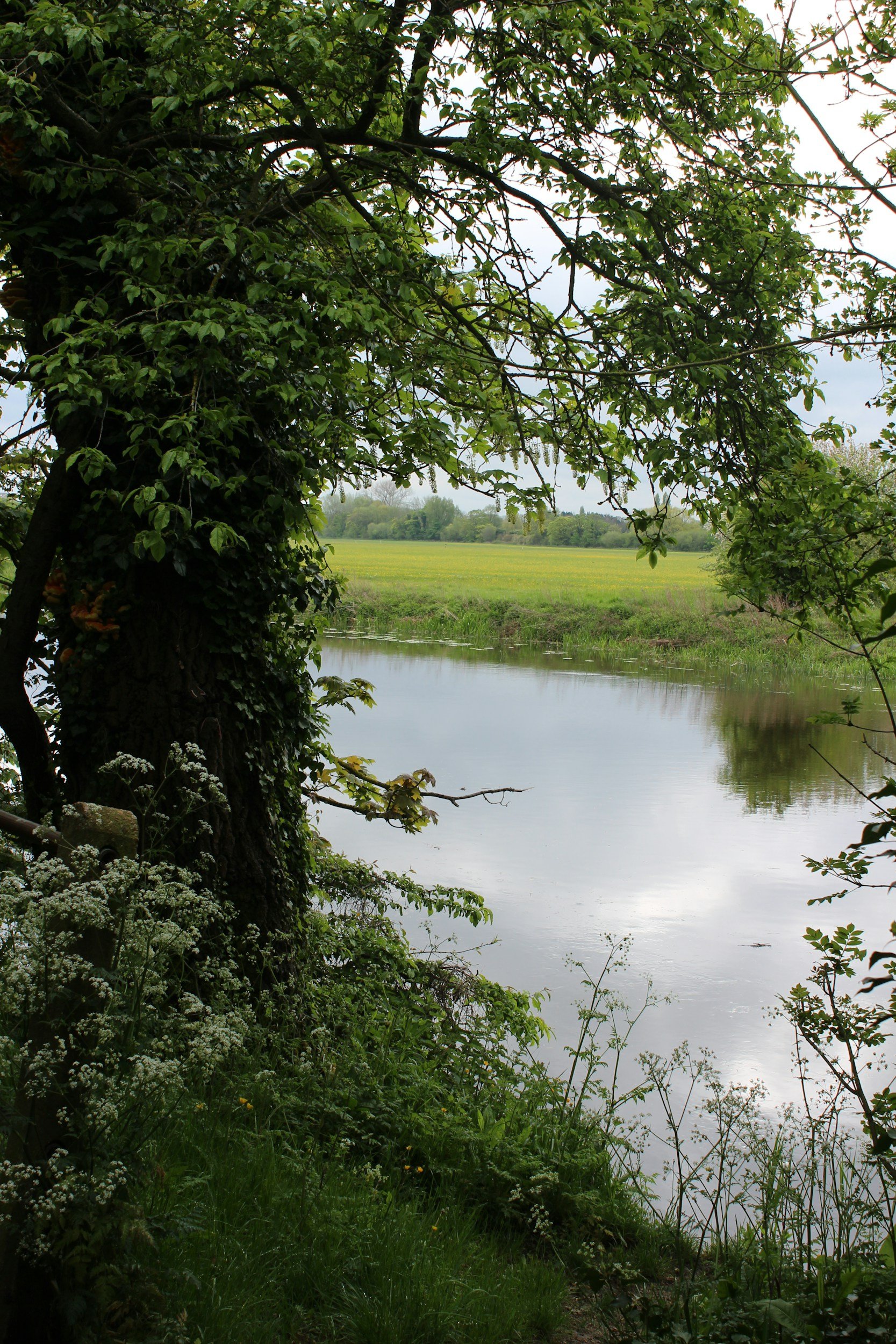
Sources
Bartram, T. (1998). Bartram’s encyclopedia of herbal medicine. Constable.
Fisher, C. (2018). Materia medica of western herbs (Rev. ed.). Aeon Books.
Hedley, C., & Shaw, N. (2020). A herbal book of making and taking. Aeon Books.
Hoffmann, D. (2003). Medical herbalism: The science and practice of herbal medicine. Healing Arts Press.
McIntyre, A. (2019). The complete herbal tutor (Revised & expanded ed.). Aeon Books.
Royal Botanic Gardens, Kew. (n.d.). Plants of the World Online. https://powo.science.kew.org/
Mills, S., & Bone, K. (2013). Principles and practice of phytotherapy: Modern herbal medicine (2nd ed.). Churchill Livingstone; Elsevier.
Barnes, J., Anderson, L. A., & Phillipson, J. D. (2013). Herbal medicines (3rd ed.). Pharmaceutical Press.
Benzie, I. F. F., & Wachtel-Galor, S. (Eds.). (2011). Herbal medicine: Biomolecular and clinical aspects (2nd ed.). CRC Press; Taylor & Francis.
Evans, W. C. (2009). Trease and Evans’ pharmacognosy (16th ed.). Elsevier.
Disclaimer: This page is for educational purposes only. Consult a qualified medical herbalist before using herbs, especially during pregnancy, when trying to conceive, while breastfeeding, for medical conditions, or with children.
Read the full disclaimer → Medical Disclaimer.




